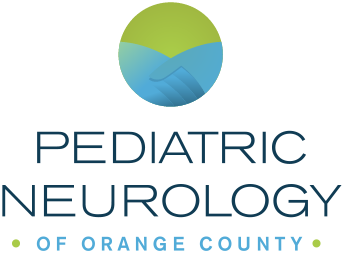Kids Get Headaches?!?!?
/Many parents are surprised to find out that headaches are fairly common in children and adolescents. There are migraine variants that start as young as toddler-age and various headache types that are seen throughout childhood and adolescence. In fact, about 5-10 percent of children under 12 get migraines and 10-20 percent of adolescents get migraines.
There are many reasons that children and adolescents get headaches. Some headaches are caused by external influences on the body (secondary headaches), and some just happen (primary headaches). Certainly tumors are a cause of secondary headaches and, although not common, are frequently the top concern for parents and providers alike. Other causes of secondary headaches include head injury, TMJ, bleeding in the brain, increased pressure from fluid in the brain, and infections such as sinusitis, meningitis, dental carries, or even just having a fever. Examples of primary headaches include tension-type headaches, migraines, new persistent daily headaches (chronic daily headaches), and less commonly cluster headaches.
Primary headaches are much more common than secondary. Although primary headaches can be disabling, in general they do not cause harm. Secondary headaches, on the other hand, may have detrimental effects if not diagnosed early. As a pediatric neurologist, I am trained to determine the cause of headaches and to treat primary headache disorders.
How do I do that? By talking with and examining my patients (why I love neurology). If there are any “red flags” in the history or physical exam that make me concerned for a secondary headache, I use neuroimaging (MRI or CT scan) to help me with my diagnosis.
Treatment for headaches is tailored to the underlying cause. Clearly, if there are external influences, such as tumors or infection, the treatment is to address those. Primary headache treatment is often more complex and less straight forward as it is specific to each patient. There are times when treatment is quick and easy, but more often than not, treatment requires lifestyle changes on the part of the patient, sometimes in combination with medications. When medications are used, they often take up to two weeks to have any affect and up to 2 months to achieve their full effect.
Although headaches are often scary for families, more often than not they are treatable and not caused by something big, bad, or ugly. Unfortunately, sometimes it takes time to find the best course of treatment for an individual's headache. I stay in close contact with my headache patients until their pain is resolved. Although it often takes time, headache management is very rewarding as patients tend to become empowered by understanding their individual triggers and how to manage their lifestyle to decrease headache occurrence. In addition, in the long run (and sometimes immediately) medications do tend to be effective when used for the right patient at the right dose for the right amount of time.
For more headache resources and information, feel free to visit the resources section of my webpage at ocpedsneuro.com......and stay tuned for my next blog entry!









